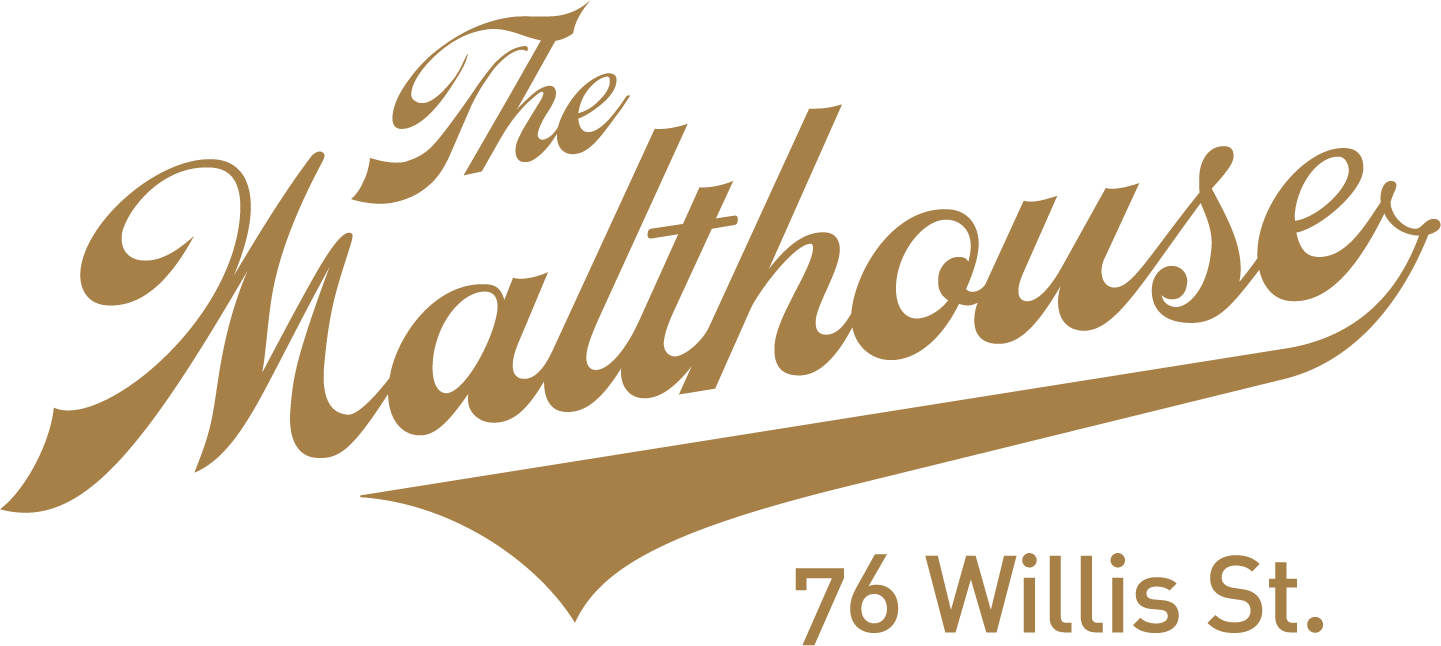That is most certainly not the case when they are then asked to name the city with the highest beer consumption per person in the world. The most popular choices are usually Munich, London, Dublin, Berlin and – I’m not making this up – Invercargill. Someone always says Invercargill and ironically they are actually a lot closer than they may have expected. The correct city is actually located in the Southern Hemisphere. It is Darwin, Northern Territory, Australia with reportedly in excess of 220 litres of beer per person per year. By contrast, that figure in New Zealand is a comparatively modest 77 or so.
My final question relates to the strength of the strongest beer and, if anything, this is even harder for most with the average drinker often guessing 9%, 10% or 12%. I suppose that people bought up on beer averaging around 4-5% alcohol would consider 12% to be a strong beer and, to be honest, it is. However, it is nowhere near the strongest anymore.
For most of beer’s long and glorious history, its alcoholic strength has usually been in single digits. I recall, many years ago, trying the legendary Samichlaus from Switzerland which at 14% was listed for some years in the Guinness Book of World Records as the world’s strongest commercial beer. I can’t say I particularly cared for the taste * but it was a beer to remember.
Samuel Adams (US) was the first to figure out how to make the big leap up in alcohol by volume. They used a range of techniques but the key was their judicious use of champagne yeasts to produce 2002 Utopias (24%) and 2007 Utopias (27%). The Utopias makes occasional appearances at Malthouse and several of their distinctive brewing kettle shaped bottles can still be seen on the shelves behind the bar. Even though they have been empty for months, many still have a spicy, raisin, port-like nose. It smells nothing like beer as we tend to know it.
I first had Utopias at a beer awards dinner in the early 2000s. A number of bottles had been sent over and they were proudly served with the dessert course. Most of the beer-savvy guests had a few sips, made some profound comments on the flavour and then poured it over their ice-cream. Apparently, it makes the best (and most expensive) ice-cream topping around.
Then, the hammer dropped. Schorschbrau (Germany) and BrewDog (Scotland) basically got into an extended and public contest about the size of their relative reproductive organs with both wanting the mantle of producing the world’s strongest beer.
Using extended fermentation and extreme versions of the Eisbock method of freeze distilling (which is arguably not brewing at all), the title swapped rapidly between Schorschbrau Schorschbock (31%), BrewDog Tactical Nuclear Penguin (32%), Schorschbrau Schorschbock (40%), BrewDog Sink the Bismarck (41%), Schorschbrau Schorschbock (43%) and finally BrewDog The End of History (55%), proudly billed by the brewery as the World’s Strongest and Most Expensive Beer.
I think the point that Schorschbrau doesn’t change the name of their beers and BrewDog keep coming up with more and more outrageous names ** reinforces the fact that it is all about the ‘world record’ and not about the ‘beer.’ Indeed, a number of writers and reporters describe these products as “beer” (complete with the quotation marks) because of doubts about whether they should really be classified as such.
Of those beers, I’ve only had the Tactical Nuclear Penguin. We used it as a bridge between the standard BrewDog range and a selection of scotch whiskies at a Scottish themed tasting. The Penguin was interesting enough – as it should have been for over $100 a bottle – but is it really beer? Certainly, the average drinker wouldn’t think so and brewers and scientists far more qualified than I are still arguing about whether they are ‘technically’ beer or ‘technically not’ beer. There is no doubt they don’t look or taste like beer in the conventional sense.
In terms of publicity, it really works though. Every time the new strongest beer comes out there are a rash of articles about it. It then seems that every person I’ve ever met either emails the articles to me or sticks them up on my Facebook Wall (even if seven people have already done so earlier that morning). There is also a predictable outcry from the usual anti-alcohol groups and various politicians. One Scottish MP apparently alleged in Parliament that the earlier 18.2% BrewDog Tokyo brew – with a 330ml bottle of it selling for around $60 – was contributing to “youth binge drinking”. Clearly, either the Scottish youth have found some way of dodging the global recession *** or the politician is an idiot. ****
I think it has all gone a bit too far. Bottles of the End of History were encased in stuffed rodents and only twelve were ever made. Does that count as a commercial brew, even assuming it is beer? For me, the situation has gotten to the stage where it is just breweries showing off and diverting attention away from beers that you can, well, drink normally. Remember, this is from a man who is generally a fan of stronger beers, from Hallertau Stuntman IIPA (10.5%) to Pliny the Younger (10%). *****
Please note – none of these critiques apply to heavily hopped beers. They are all examples of healthy competition.
* My tasting notes are cryptic but make reference to the bottom of a Swiss river…
** Sink the Bismarck is pretty unsubtle when competing with a German brewery, even for BrewDog.
*** Unlikely.
**** Likely.
***** I was once famously accused of giving Flame Beer a poor review because I “couldn’t handle” the strength at 5.2% alcohol.
Cheers
Beer Writer
Real Beer New Zealand
Beer and Brewer Magazine
Links
Malthouse on Twitter – http://twitter.com/malthouse
Malthouse Facebook Group – http://www.facebook.com/pages/Wellington/Malthouse/7084276173
Real Beer – http://www.realbeer.co.nz
Beer and Brewer Magazine – http://www.beerandbrewer.com/

